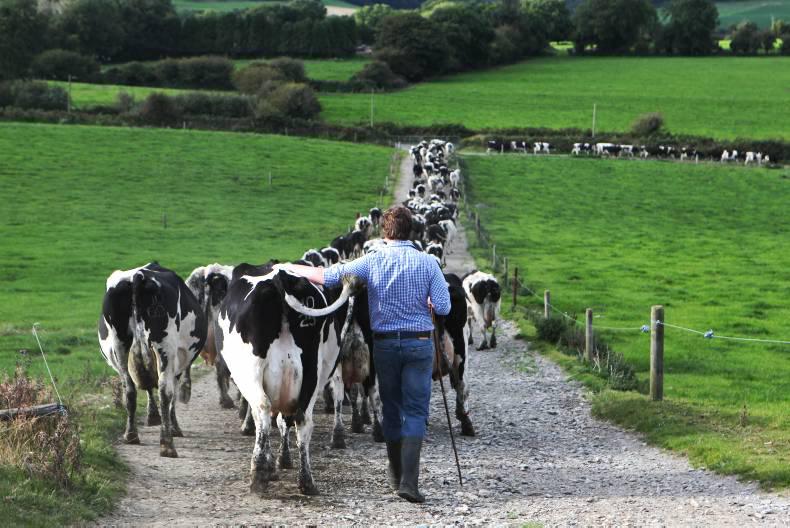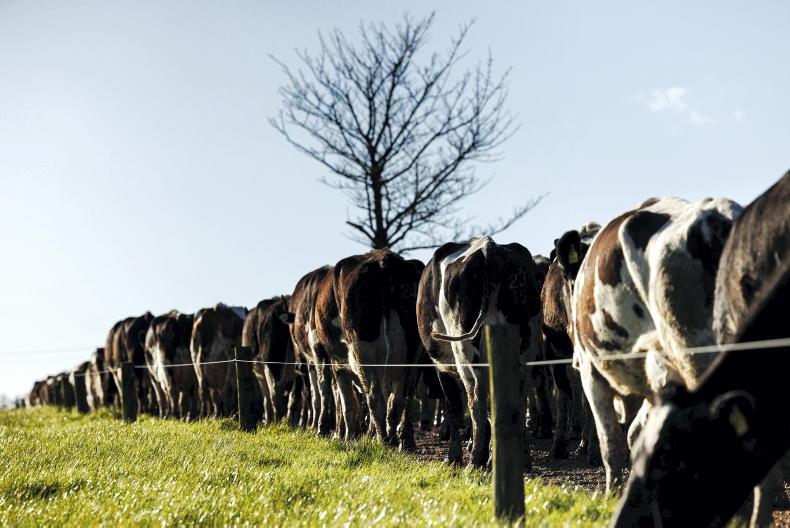The volume of milk produced in 2015 grew by almost 1bn litres on the 2014 figure, the Irish Farmers Journal can exclusively reveal.
Based on analysis of figures from the Central Statistics Office (CSO), the Irish Farmers Journal predicts that total milk produced and sold to co-ops will stand at 6.4bn litres for 2015. This is based on December milk supplies being up 50% on the previous December.
Co-ops confirmed to the Irish Farmers Journal earlier this month that supplies in December last year were running 50% ahead of the same period last year.
A 50% increase in December 2015 compared with December 2014 represents 200m litres. Adding this 200m figure to the rest of 2015 pool as compiled by the CSO, gives a total of 6.4bn litres.
With the total milk pool in 2014 being 5.6bn litres, a figure of 6.4bn litres represents a 14% increase.
While not surprising and long predicted since quotas were abolished from April, it still represents a sizeable increase.
Taking just the period since quotas were removed (April to December), the growth was 17%.
Exceptional
Seán O’Leary, chair of the IFA’s dairy committee, said the figure of 6.4bn litres of milk was produced in an exceptional grass growth and weather year.
“The figure is broadly as you would expect but it is still a huge quantity of milk,” O’Leary said.
“The cows are on the ground and many of the co-ops are forecasting an increase of 7% to 10% for 2016,” O’Leary added.
As outlined in the graph, the overall milk pool has grown from 5bn litres in 2007 to 6.4bn litres in 2015.
These figures also show that the dairy sector is well on course to reach the Food Harvest 2020 target. Food Harvest targets a 50% growth on the 2007 to 2009 milk pool figure of 5.1bn litres to 7.6bn litres by 2020.
Newly elected ICMSA dairy chair Gerald Quain welcomed the increase but said milk cannot become treated like a commodity.
“Co-ops are getting a margin, the retail multiples are getting a margin and farmers are struggling to make a margin. Milk is milk and milk is food. Farmers’ margin must be protected,” Quain said.










SHARING OPTIONS